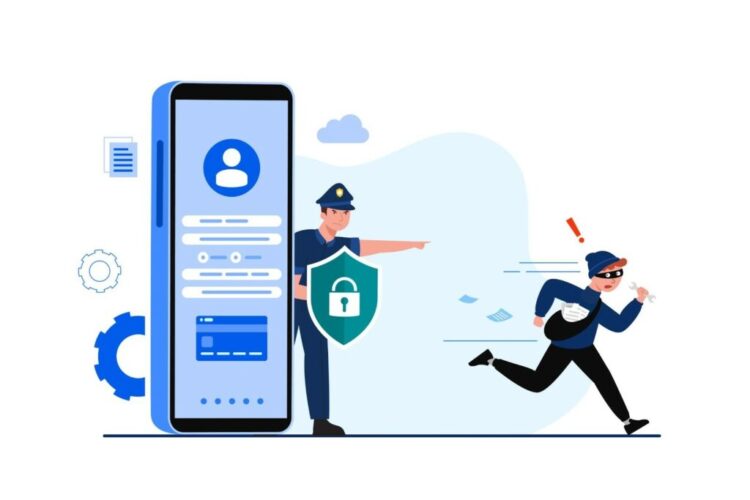Mobile banking applications have drastically revolutionized how we manage our funds in today’s fast-paced and connected world. Money management on our phones has become second nature to us. You can easily check accounts, transfer funds, pay credit card bills, and apply for loans. As mobile banking grows increasingly widespread, rigorous security measures are required to protect our financial information from fraudsters. Multilayer security is critical to the security of our mobile banking app transactions.
- Strong User Authentication: Multilayer security is built on strong user authentication procedures. When you open online account, mobile banking applications usually need a combination of usernames and passwords, with high password complexity requirements. Some apps even integrate biometric authentication (fingerprint or face recognition) or one-time passwords (OTP) delivered through SMS or email. These authentication levels provide an additional layer of security and make it considerably more difficult for unauthorized individuals to get access to user accounts.
- Encryption and Secure Communication: To protect communication between the app and the banking server, mobile banking and payment apps use encryption technology. Account numbers, passwords, and transaction data are converted into unreadable ciphertext via encryption techniques. This ensures that even if malevolent parties intercept the data, it remains unreadable and secure. TLS and other robust encryption technologies are used to build secure connections, protecting user data from potential eavesdropping and interception.
- Two-Factor Authentication (2FA): Several mobile banking apps use two-factor authentication (2FA) to boost security. Before getting access to their accounts, users must provide two pieces of identification. It is usually a mix of something the user knows (like a password) and something they own (like a mobile device or a security token). By requiring two independent methods of authentication, mobile banking apps significantly limit the possibility of unwanted access.
- Device Recognition and Security: Mobile banking apps use device identification and security mechanisms to verify the authenticity of enrolled devices. This approach entails connecting a unique identifier with a specific device, such as the device’s IMEI number or a digital fingerprint. When a person attempts to log in from a recognized device, it aids in the validation of their identification. If a login attempt is performed from an unknown or questionable device, additional verification processes are engaged, providing an additional layer of security against unwanted access.
- Real-Time Transaction Monitoring: Mobile banking apps use real-time transaction monitoring features to detect and prevent fraudulent behavior. These systems monitor transactional trends and user behavior for odd or suspicious behavior. For example, if a significant transaction or sequence of transactions is unexpected and deviates from the user’s usual behavior, the system may flag it as possibly fraudulent. Users can receive real-time reminders to protect their accounts as soon as possible.
- Biometric Security Features: Biometric security measures such as fingerprint or face recognition are becoming more common in many online payment apps. Mobile banking apps also add an added degree of security by requiring biometric verification for specific transactions or account access, making replication or counterfeiting impossible.
- App Hardening and Anti-Malware Measures: Mobile banking apps are subjected to extensive security testing and app hardening procedures to prevent reverse engineering, manipulation, and other malicious operations. App hardening requires implementing a variety of security measures, such as code confusion and integrity checks, to make exploitation vulnerabilities more difficult. Robust anti-malware measures are also in place to detect and neutralize potential hazards like malware or phishing attempts, preventing users from becoming victims of fraudulent schemes.
- Ongoing Security Updates: Developers of mobile banking and payment app are always looking for and resolving security flaws. They give security updates and patches on a regular basis to address newly found threats and vulnerabilities. When new versions of mobile banking applications are published, customers must upgrade their apps. Continuous security updates guarantee that the program stays resistant to evolving threats, giving users enhanced safety.
To safeguard sensitive data and offer financial flexibility, mobile banking apps demand multilayer security. With the progress of the digital realm, the need to tackle cyber dangers has grown, so developers must add suitable security measures discerningly. Incorporating multilayer security in these apps lets users handle their funds with ease while also ensuring they retain control over their finances.

